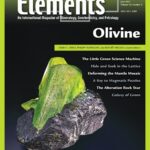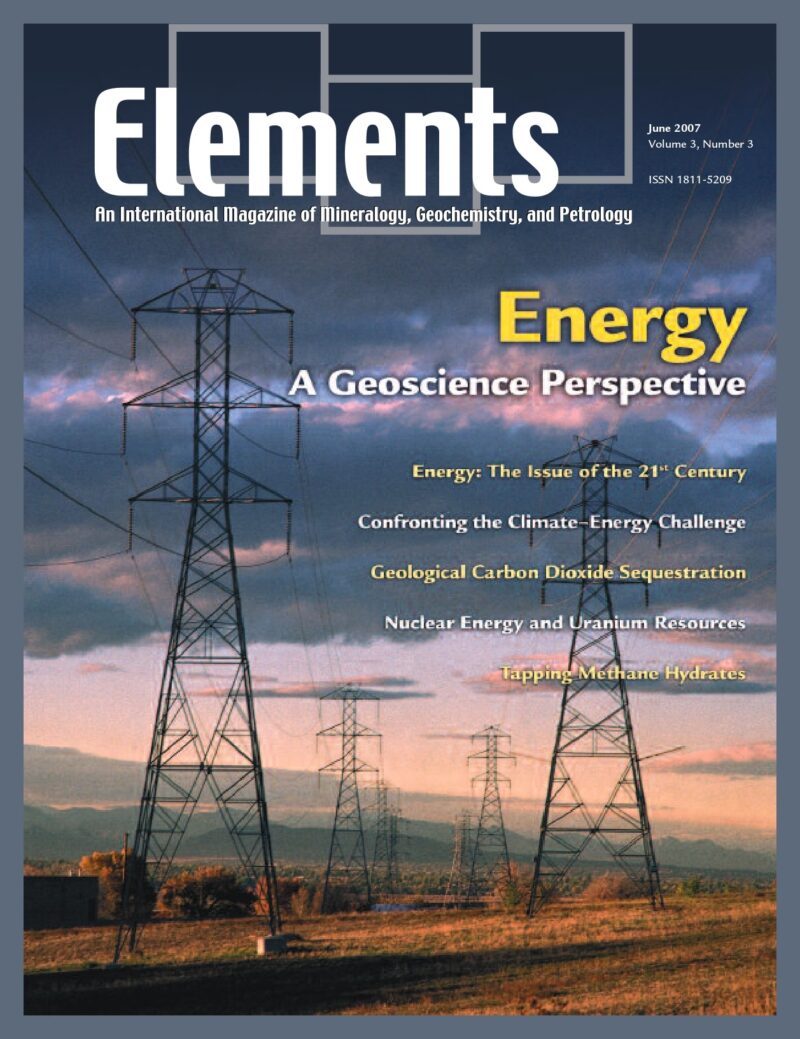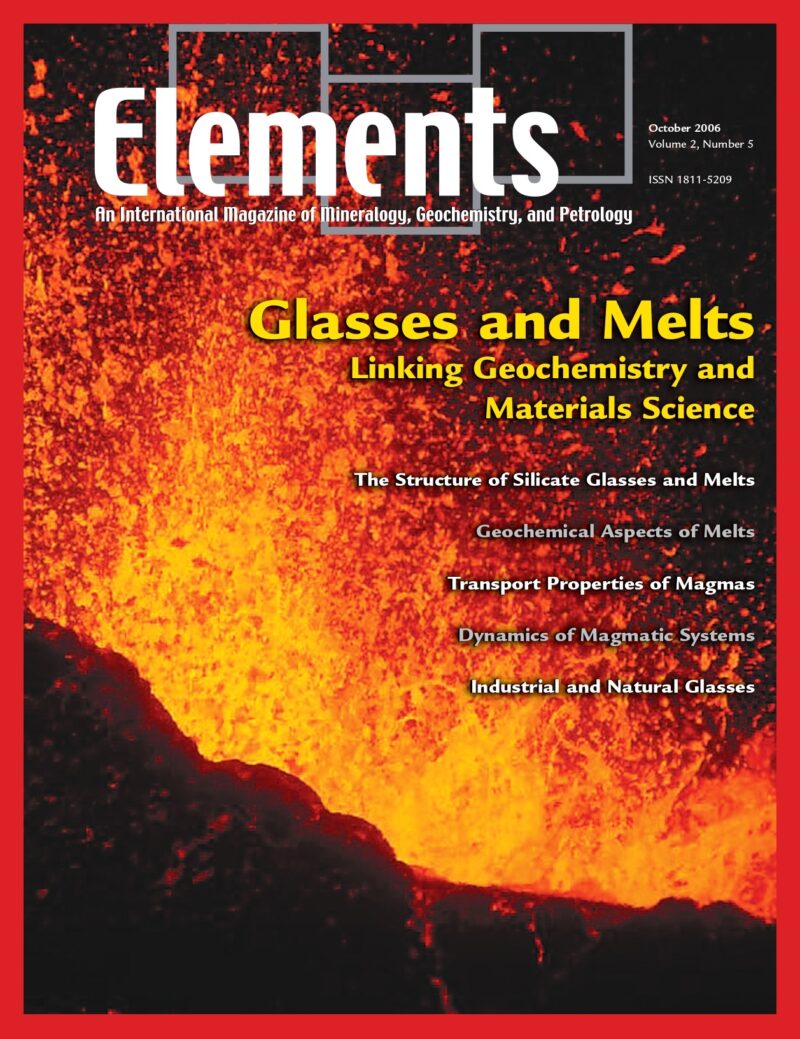
Olivine, June 2023, Vol. 19, No. 3
June 28, 2024
Elements Joint Society Calendar (2025–2026)
July 17, 2024Metamorphic Duality in SW Japan—The Sanbagawa-Ryoke Classic Example of Paired Metamorphism, April 2024, Vol. 20, No. 2
$20.00
Subduction, where one plate dives beneath another, controls longterm wholeEarth cycling of rocks, fluids and energy. Plates subduct faster than they heat up, making them the coldest parts of the Earth’s interior.
Metamorphic Duality in SW Japan—The Sanbagawa-Ryoke Classic Example of Paired Metamorphism
April 2024, Vol. 20, No. 2
Subduction, where one plate dives beneath another, controls longterm wholeEarth cycling of rocks, fluids and energy. Plates subduct faster than they heat up, making them the coldest parts of the Earth’s interior. Fluids released from these cold plates rise into hotter overlying rocks forming magma that feeds surface volcanism. Cold deep conditions associated with subduction complemented by hot shallow conditions under volcanic arcs are reflected in the presence of pairs of metamorphic belts representing sites of ancient subduction—the Cretaceous SanbagawaRyoke metamorphic pair of Japan is a premier example. Estimates of pressure, temperature, the age and duration of metamorphism, and the tectonic framework in which metamorphism took place help us develop quantitative models both for the evolution of SW Japan and subduction systems in general.
Why You’ll Love Elements Magazine:
- Expert Contributors: Articles written by renowned researchers in the field of geoscience.
- Engaging Content: Join a community of readers who are passionate about Elements.
- Exceptional Quality: Each issue is printed on high-quality paper with stunning visuals and detailed illustrations that bring complex scientific concepts to life.
Order your copy of the April 2024 issue of Elements magazine today and explore metamorphic duality in SW Japan—the Sanbagawa-Ryoke classic example of paired metamorphism.
Related products
-
Zircon – Tiny But Timely, February 2007, Vol. 3, No. 1
$20.00Where would Earth science be without zircon? As Earth’s timekeeper, zircon has proven to be a remarkable and versatile mineral, providing insights into deep time and ancient Earth processes. However, there is still much to learn about Earth’s history from zircon and its behaviour.
-
Energy: A Geoscience Perspective, June 2007, Vol. 3, No. 3
$20.00The issue of energy resources in the future may be one of the most important in the 21st century. Future climate change and the ways to abate it while still supplying needed energy will impact future political relations, world economics, human health, and the environment.
-
Glasses And Melts: Linking Geochemistry And Materials Science, October 2006, Vol. 2, No. 5
$20.00Geological interest in studying melts stems from early recognition that melts play a fundamental role in determining the physical and chemical behaviour of magmas and magmatic processes. However, due to the inherent difficulties associated with working at high temperatures, much of the geological research over the last 30 years has used quenched melts or glasses as proxies for melts themselves.




